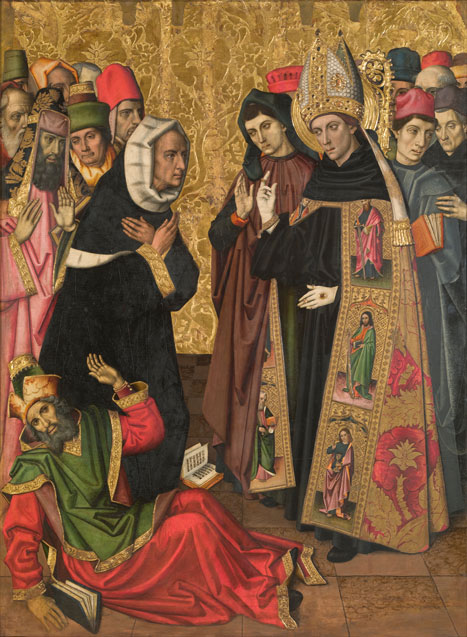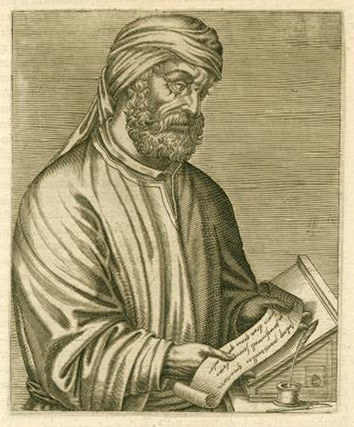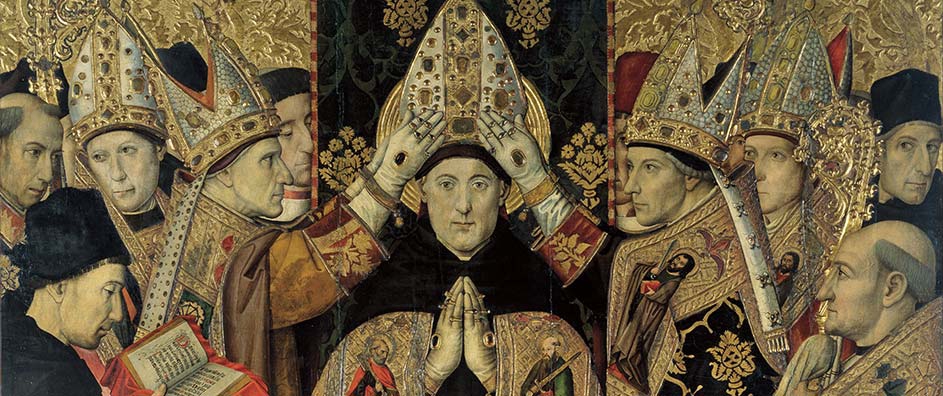The views expressed in our content reflect individual perspectives and do not represent the authoritative views of the Baha'i Faith.
The idea of the Trinity became both popular and controversial almost overnight. The simplicity of the Creed of Constantinople facilitated its spread, but at the same time the idea of one substance in three persons, masked a tremendous diversity of possible meanings. A Christian could understand it to mean anything from a frank polytheism: three gods acting in concert; to splitting the unity of God into parts: one God with three functions; and almost countless understandings in between.

St. Augustine Disputing with the Heretics
The word substance (homoousia), for example, is challenging when the substance itself is undefined. Then there are the troubles with the term “person.” What does a “person” mean when we talk about God? Even a great trinitarian like Augustine disliked the term hypostasis, which is used to refer to one of the three “persons” in the Trinity.
Six hundred years after the time of Christ, three hundred years after the time of the first Trinitarian creed, the Trinitarian concept received its first serious challenge from a voice of authority. Muhammad cautioned:
People of the Book, do not exaggerate in your religion and tell nothing but the Truth about God: Christ Jesus, the son of Mary, was merely God’s messenger and His word which He cast into Mary, and a spirit [proceeding] from Him. Believe in God and His messengers, and do not say: Three!” Refrain; [it] will be better for you. God is only God Alone; glory be to Him, beyond His having any son! He owns whatever is in Heaven and whatever is on Earth; God suffices as a Trustee. –Qur’an 4:171 Translated by Thomas Ballantine Irving, Khurshid Ahmad, and Muhammad Manazir Ahsan.
It should be noted that Muslims clearly accept the three components of faith: God, His Messenger whom they acknowledge as Jesus to Christians, and the Holy Spirit. They accept that Jesus was God’s Word, that he was born of a virgin (see 21:91 and 19:1636) and that he proceeded from God. But they argue against the non-scriptural concept of tritheism, saying that God is one.

Tertullian
Their belief is consonant with the Book of Revelation, which proclaims that we should: “Worship Him that made heaven, and earth, and the sea, and the fountains of water. (Rev 14:7. See also 19:10 and 22:9). God, they maintain, is the sole proper object of worship.
Of course this is in line with many great Christian thinkers. God is the fountainhead, without Him there would be no Son and no Spirit. Tertullian, the great Christian apologist near the beginning of the third century, reminds us:
For the Father is the entire substance, but the Son is a derivation and portion of the whole…Thus the Father is distinct from the Son, being greater than the Son, in as much as He who begets is one and He who is begotten is another. Against Praxeas 9. In James P. Mackey Jesus the Man and the Myth SCM press, LTD. 1979 p. 225
All of this dogmatic theory comes from a fundamental misunderstanding of the symbolism Christ uses in the Bible. The Baha’i view of this kind of convoluted literalist thinking is simple; and Abdu’l-Baha illustrates it by telling a story:
His holiness Christ said, “The Father is in me.” This we must understand through logical and scientific evidences, for if religious principles do not accord with science and reason, they do not inspire the heart with confidence and assurance.
It is said that once John of Chrysostom was walking along the seashore thinking over the question of the trinity and trying to reconcile it with finite reason; his attention was attracted to a boy sitting on the shore putting water into a cup. Approaching him, he said, “My child, what art thou doing?” “I am trying to put the sea into this cup,” was the answer. “How foolish art thou,” said John, “in trying to do the impossible.” The child replied, “Thy work is stranger than mine, for thou art laboring to bring within the grasp of human intellect the conception of the trinity.” – Abdu’l-Baha, Divine Philosophy, p. 152.
















Comments
Sign in or create an account
Continue with Googleor